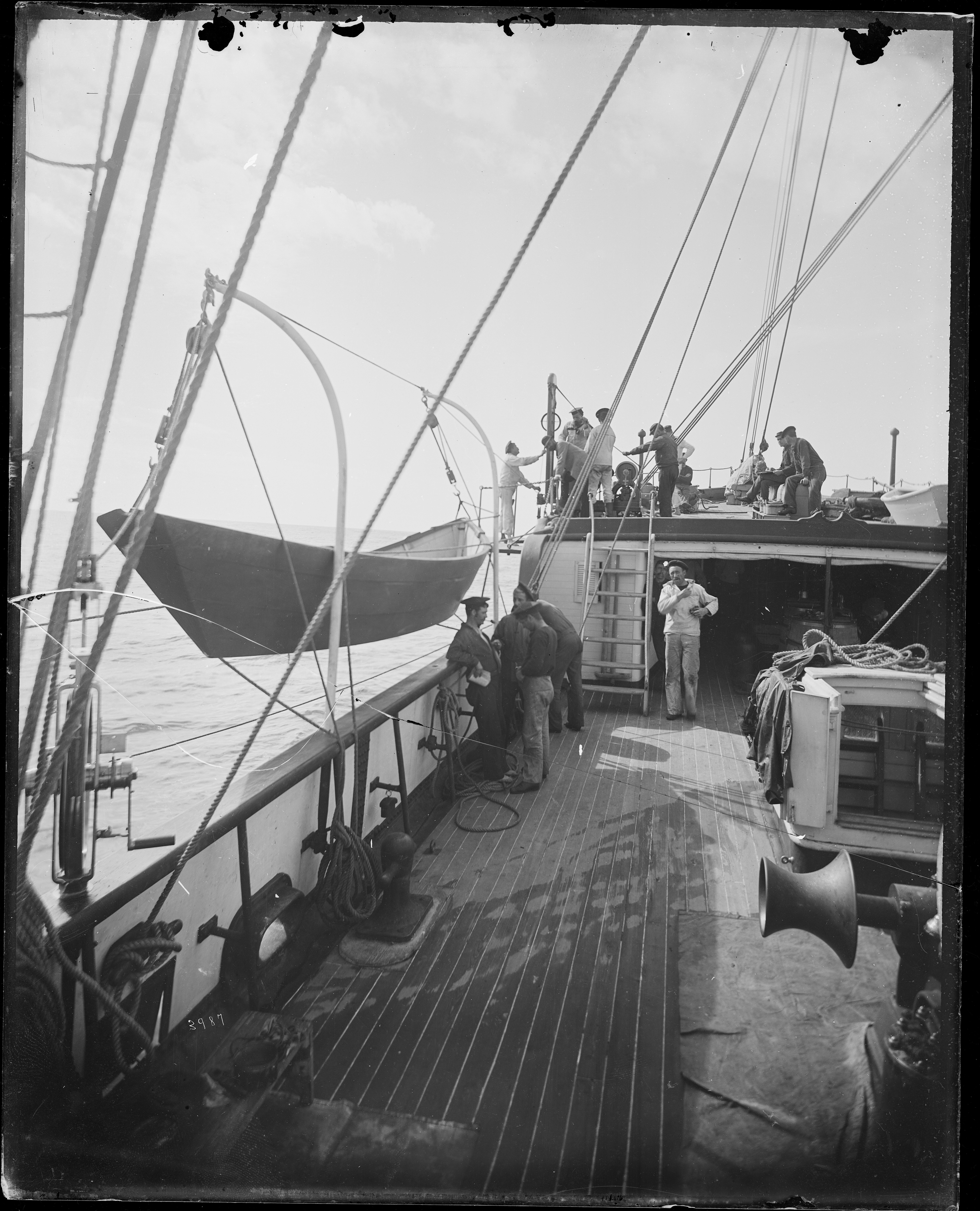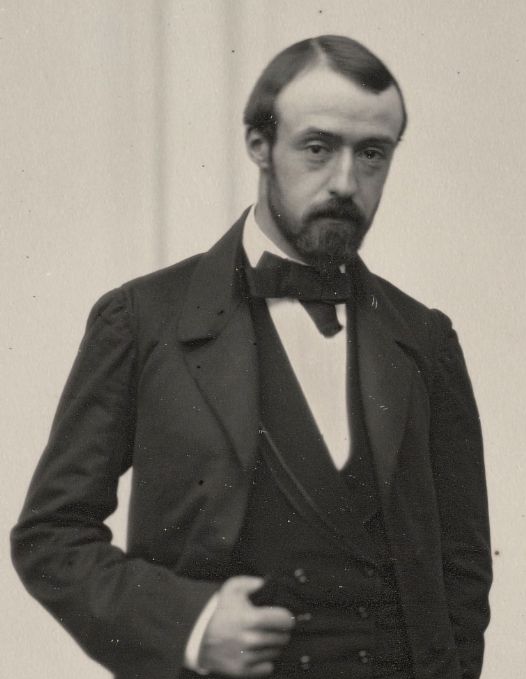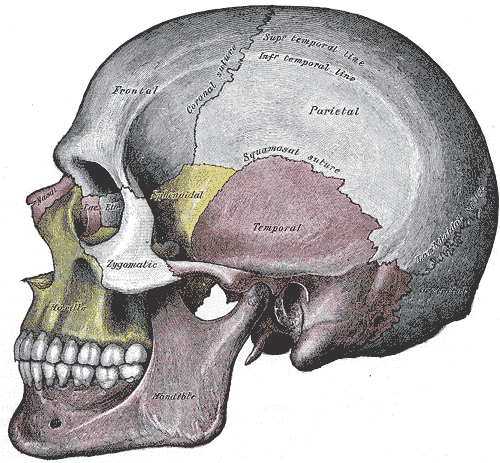|
Phymorhynchus Castaneus
''Phymorhynchus castaneus'' is a species of sea snail, a marine gastropod mollusk in the family Raphitomidae. ''Phymorhynchus castaneus'' is the type species of the genus ''Phymorhynchus''. Distribution This species occurs in the Pacific Ocean off the Galapagos Islands (collected from the depths of ) and in the Gulf of Panama (in the depth ). Description The shell is polished, thin. It is resembling '' Phymorhynchus cingulatus'' (Dall, 1890), of a chestnut-brown color, fading to a paler pinkish-brown, with seven whorls. The nucleus eroded, the early whorls are with four or five flattened elevated spirals with wider interspaces in front of a somewhat sloping anal fasciole, more or less reticulated by narrow, slender, irregular, elevated riblets in harmony with the lines of growth, and which form on the fasciole delicate arches concave forward. The suture is appressed. On the body there are about twenty spirals, stronger at the shoulder, smaller and closer forward, the wide i ... [...More Info...] [...Related Items...] OR: [Wikipedia] [Google] [Baidu] |
William Healey Dall
William Healey Dall (August 21, 1845 – March 27, 1927) was an American naturalist, a prominent malacologist, and one of the earliest scientific explorers of interior Alaska. He described many mollusks of the Pacific Northwest of America, and was for many years America's preeminent authority on living and fossil mollusks. Dall also made substantial contributions to ornithology, zoology, physical and cultural anthropology, oceanography and paleontology. In addition he carried out meteorological observations in Alaska for the Smithsonian Institution. Biography Early life Dall was born in Boston, Massachusetts. His father Charles Henry Appleton Dall, (1816–86), a Unitarian minister, moved in 1855 to India as a missionary. His family however stayed in Massachusetts, where Dall's mother Caroline Wells Healey was a teacher, transcendentalist, reformer, and pioneer feminist. In 1862, Dall's father, on one of his few brief visits home, brought his son in contact with some na ... [...More Info...] [...Related Items...] OR: [Wikipedia] [Google] [Baidu] |
Whorl (mollusc)
A whorl is a single, complete 360° revolution or turn in the spiral growth of a mollusc shell. A spiral configuration of the shell is found in numerous gastropods, but it is also found in shelled cephalopods including '' Nautilus'', '' Spirula'' and the large extinct subclass of cephalopods known as the ammonites. A spiral shell can be visualized as consisting of a long conical tube, the growth of which is coiled into an overall helical or planispiral shape, for reasons of both strength and compactness. The number of whorls which exist in an adult shell of a particular species depends on mathematical factors in the geometric growth, as described in D'Arcy Wentworth Thompson's classic 1917 book '' On Growth and Form'', and by David Raup. The main factor is how rapidly the conical tube expands (or flares-out) over time. When the rate of expansion is low, such that each subsequent whorl is not that much wider than the previous one, then the adult shell has numerous whorl ... [...More Info...] [...Related Items...] OR: [Wikipedia] [Google] [Baidu] |
USS Albatross (1882)
The second USS ''Albatross'', often seen as ''USFC Albatross'' in scientific literature citations, was an iron-hulled, twin-screw steamer in the United States Navy and reputedly the first research vessel ever built especially for marine research. ''Albatross'' was laid down at Wilmington, Delaware, by Pusey and Jones in March 1882; launched on 19 August 1882, and commissioned on 11 November 1882, with Lt. Zera L. Tanner in command. Tanner, who had superintended the ship's design and construction, would command ''Albatross'', a Navy-crewed vessel assigned to the United States Fish Commission, a civilian government agency, for nearly 12 years. Early years Following trial operations between Wilmington and Washington, D.C. from 30 December 1882 to 13 February 1883, ''Albatross'' returned to her builder's yard for engine alterations. While steaming back to Washington, the ship experimented with her dredging equipment, and arrived at the nation's capital on 25 March 1883. She left th ... [...More Info...] [...Related Items...] OR: [Wikipedia] [Google] [Baidu] |
Alexander Agassiz
Alexander Emmanuel Rodolphe Agassiz (December 17, 1835March 27, 1910), son of Louis Agassiz and stepson of Elizabeth Cabot Agassiz, was an American scientist and engineer. Biography Agassiz was born in Neuchâtel, Switzerland and immigrated to the United States with his parents, Louis and Cecile (Braun) Agassiz, in 1846. He graduated from Harvard University in 1855, subsequently studying engineering and chemistry, and taking the degree of Bachelor of Science at the Lawrence Scientific School of the same institution in 1857; in 1859 became an assistant in the United States Coast Survey. Thenceforward he became a specialist in marine ichthyology. Agassiz was elected a Fellow of the American Academy of Arts and Sciences in 1862. Up until the summer of 1866, Agassiz worked as assistant curator in the museum of natural history that his father founded at Harvard. E. J. Hulbert, a friend of Agassiz's brother-in-law, Quincy Adams Shaw, had discovered a rich copper lode known as the ... [...More Info...] [...Related Items...] OR: [Wikipedia] [Google] [Baidu] |
Operculum (gastropod)
The operculum (; ) is a corneous or calcareous anatomical structure like a trapdoor that exists in many (but not all) groups of sea snails and freshwater snails, and also in a few groups of land snails; the structure is found in some marine and freshwater gastropods, and in a minority of terrestrial gastropods, including the families Helicinidae, Cyclophoridae, Aciculidae, Maizaniidae, Pomatiidae, etc. The operculum is attached to the upper surface of the foot and in its most complete state, it serves as a sort of "trapdoor" to close the aperture of the shell when the soft parts of the animal are retracted. The shape of the operculum varies greatly from one family of gastropods to another. It is fairly often circular, or more or less oval in shape. In species where the operculum fits snugly, its outline corresponds exactly to the shape of the aperture of the shell and it serves to seal the entrance of the shell. Many families have opercula that are reduced in size, and which a ... [...More Info...] [...Related Items...] OR: [Wikipedia] [Google] [Baidu] |
Permeation
In physics and engineering, permeation (also called imbuing) is the penetration of a permeate (a fluid such as a liquid, gas, or vapor) through a solid. It is directly related to the concentration gradient of the permeate, a material's intrinsic permeability, and the materials' mass diffusivity. Permeation is modeled by equations such as Fick's laws of diffusion, and can be measured using tools such as a minipermeameter. Description The process of permeation involves the diffusion of molecules, called the permeant, through a membrane or interface. Permeation works through diffusion; the permeant will move from high concentration to low concentration across the interface. A material can be semipermeable, with the presence of a semipermeable membrane. Only molecules or ions with certain properties will be able to diffuse across such a membrane. This is a very important mechanism in biology where fluids inside a blood vessel need to be regulated and controlled. Permeation can ... [...More Info...] [...Related Items...] OR: [Wikipedia] [Google] [Baidu] |
Aperture (mollusc)
The aperture is an opening in certain kinds of mollusc shells: it is the main opening of the shell, where the head-foot part of the body of the animal emerges for locomotion, feeding, etc. The term ''aperture'' is used for the main opening in gastropod shells, scaphopod shells, and also for '' Nautilus'' and ammonite shells. The word is not used to describe bivalve shells, where a natural opening between the two shell valves in the closed position is usually called a '' gape''. Scaphopod shells are tubular, and thus they have two openings: a main anterior aperture and a smaller posterior aperture. As well as the aperture, some gastropod shells have additional openings in their shells for respiration; this is the case in some Fissurellidae (keyhole limpets) where the central smaller opening at the apex of the shell is called an orifice, and in the Haliotidae (abalones) where the row of respiratory openings in the shell are also called orifices. In gastropods In some pros ... [...More Info...] [...Related Items...] OR: [Wikipedia] [Google] [Baidu] |
Sculpture (mollusc)
Sculpture is a feature of many of the shells of mollusks. It is three-dimensional ornamentation on the outer surface of the shell, as distinct from either the basic shape of the shell itself or the pattern of colouration, if any. Sculpture is a feature found in the shells of gastropods, bivalves, and scaphopods. The word "sculpture" is also applied to surface features of the aptychus of ammonites, and to the outer surface of some calcareous opercula of marine gastropods such as some species in the family Trochidae. Sculpture can be concave or convex, incised into the surface or raised from it. Sometimes the sculpture has microscopic detailing. The term "sculpture" refers only to the calcareous outer layer of shell, and does not include the proteinaceous periostracum, which is in some cases textured even when the underlying shell surface is smooth. In many taxa, there is no sculpture on the shell surface at all, apart from the presence of fine growth lines. The sc ... [...More Info...] [...Related Items...] OR: [Wikipedia] [Google] [Baidu] |
Suture (gastropod)
In anatomy, a suture is a fairly rigid joint between two or more hard elements of an organism, with or without significant overlap of the elements. Sutures are found in the skeletons or exoskeletons of a wide range of animals, in both invertebrates and vertebrates. Sutures are found in animals with hard parts from the Cambrian period to the present day. Sutures were and are formed by several different methods, and they exist between hard parts that are made from several different materials. Vertebrate skeletons The skeletons of vertebrate animals (fish, amphibians, reptiles, birds, and mammals) are made of bone, in which the main rigid ingredient is calcium phosphate. Cranial sutures The skulls of most vertebrates consist of sets of bony plates held together by cranial sutures. These sutures are held together mainly by Sharpey's fibers which grow from each bone into the adjoining one. Sutures in the ankles of land vertebrates In the type of crurotarsal ankle which is foun ... [...More Info...] [...Related Items...] OR: [Wikipedia] [Google] [Baidu] |
Phymorhynchus Cingulatus
''Phymorhynchus cingulatus'', common name the ringed turrid, is a species of sea snail, a marine gastropod mollusk in the family Raphitomidae. Description The length of the shell attains 73 mm, its diameter 30 mm. The large, fusiform shell is of a rich reddish-brown. It is deepest on the columella, with a closely adherent, very thin, polished epidermis. The shell contains seven whorls, without the protoconch, which is lost in the specimen, while the outer coat of the apical whorls is much eroded. The whorls are full and rounded. The suture is distinct, not appressed or channeled. The transverse sculpture consists only of fine inconspicuous lines of growth. The spiral sculpture consists of two sorts: first, a fine, sharp, slightly irregular striation, which covers the whole surface; secondly, of revolving elevated cinguli, of which three on the periphery are more widely and deeply separated and more elevated than the others. These three have interspaces equal to or wider than th ... [...More Info...] [...Related Items...] OR: [Wikipedia] [Google] [Baidu] |
Species
In biology, a species is the basic unit of Taxonomy (biology), classification and a taxonomic rank of an organism, as well as a unit of biodiversity. A species is often defined as the largest group of organisms in which any two individuals of the appropriate sexes or mating types can reproduction, produce Fertility, fertile offspring, typically by sexual reproduction. Other ways of defining species include their karyotype, DNA sequence, morphology (biology), morphology, behaviour or ecological niche. In addition, paleontologists use the concept of the chronospecies since fossil reproduction cannot be examined. The most recent rigorous estimate for the total number of species of eukaryotes is between 8 and 8.7 million. However, only about 14% of these had been described by 2011. All species (except viruses) are given a binomial nomenclature, two-part name, a "binomial". The first part of a binomial is the genus to which the species belongs. The second part is called the specifi ... [...More Info...] [...Related Items...] OR: [Wikipedia] [Google] [Baidu] |
Gastropod Shell
The gastropod shell is part of the body of a Gastropoda, gastropod or snail, a kind of mollusc. The shell is an exoskeleton, which protects from predators, mechanical damage, and dehydration, but also serves for muscle attachment and calcium storage. Some gastropods appear shell-less (slugs) but may have a remnant within the mantle, or in some cases the shell is reduced such that the body cannot be retracted within it (semi-slug). Some snails also possess an operculum that seals the opening of the shell, known as the Aperture (mollusc), aperture, which provides further protection. The study of mollusc shells is known as conchology. The biological study of gastropods, and other molluscs in general, is malacology. Shell morphology terms vary by species group. Shell layers The gastropod shell has three major layers secreted by the Mantle (mollusc), mantle. The calcareous central layer, tracum, is typically made of calcium carbonate precipitated into an organic matrix known as c ... [...More Info...] [...Related Items...] OR: [Wikipedia] [Google] [Baidu] |




_torquata_002.jpg)





